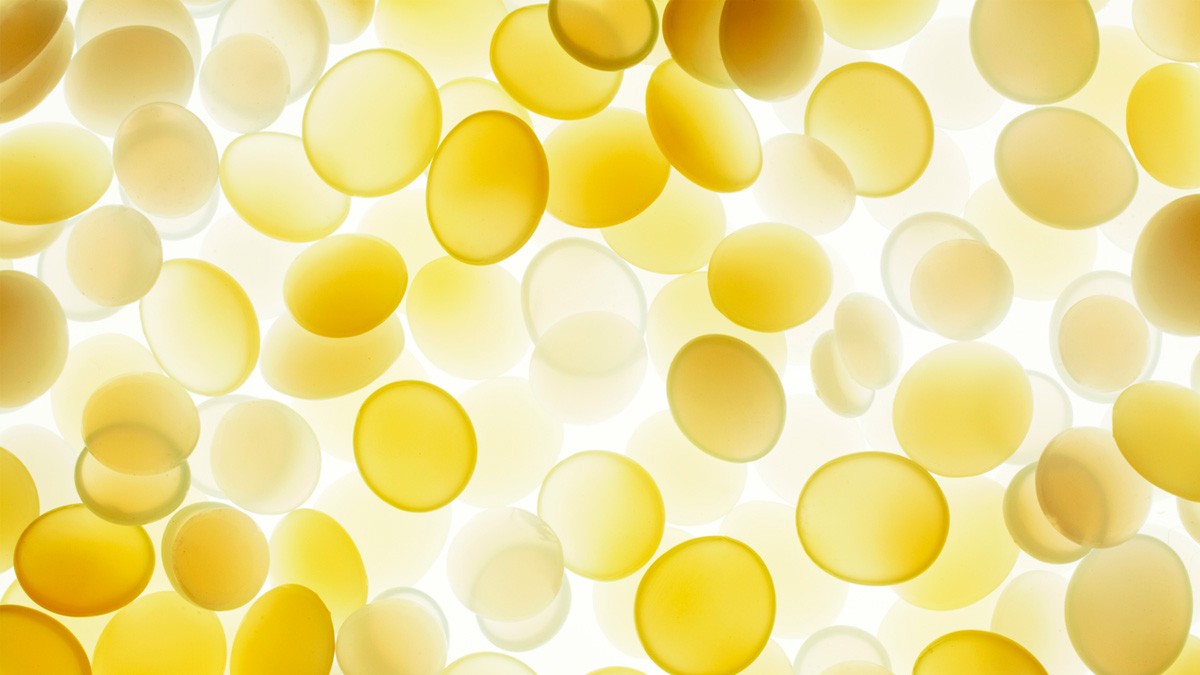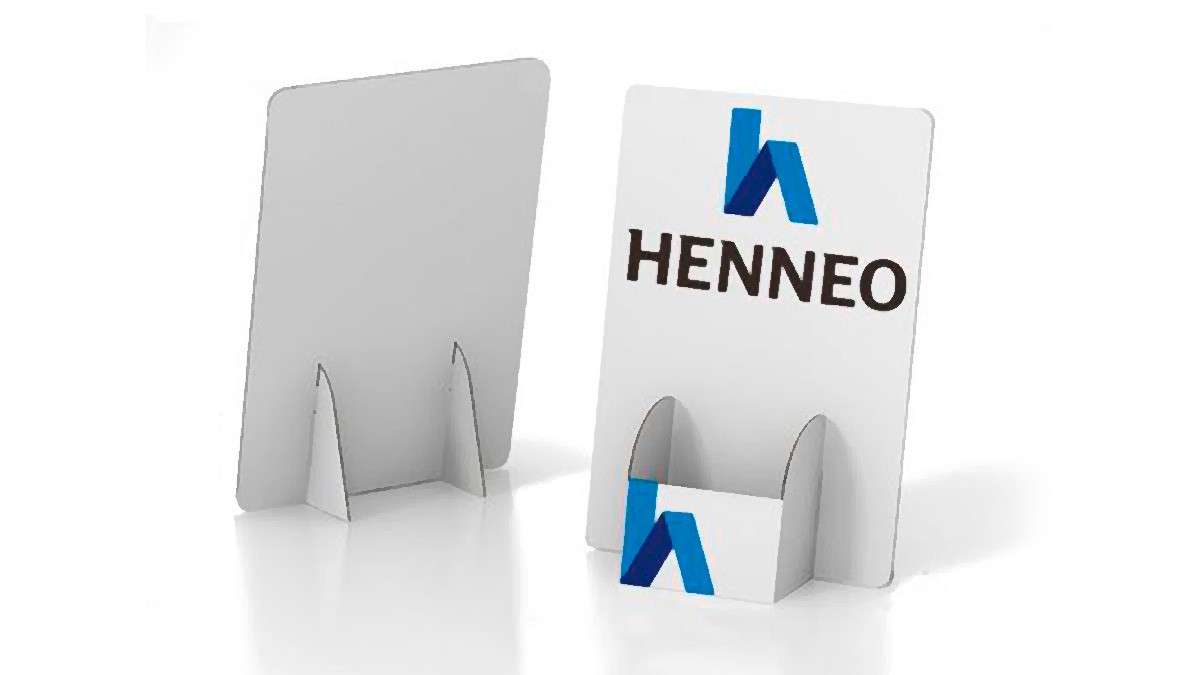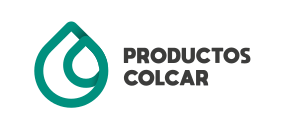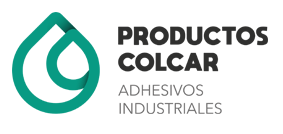Surely many times we have heard about two types of hotmelt packaging adhesives: EVA and Metallocene. These are the two main products used for industrial packaging. The choice of one and the other will undoubtedly depend on their benefits, for which we must know their multiple applications.
Typology of existing adhesives at present is very varied. Each industry uses one or the other depending on the objective it pursues and working conditions in which it will be used. However, among the most widely used in the industrial field, hotmelt adhesives stand out.
Thermoplastic in nature, these are specific products in polymers that, due to their composition, provide broad benefits to those who use them. Among all of them, today we are going to focus on the two main types of 100% solid adhesives at room temperature Hotmelt adhesives: EVA and Metallocene.
Knowing both will help us to discover which one is the most appropriate at any time and, therefore, which one will be able to satisfy our needs.
EVA based adhesives
Polymer used in this type of adhesive is ethylene vinyl acetate, hence the acronym “EVA” (Ethylene Vinyl Acetate). As higher vinyl acetate contents, higher will be polarity and, therefore, better adhesion will be on less polar substrates such as plastics. Likewise, it also favours adherence to polar substrates such as paper, in addition to providing flexibility and adherence.
Ethylene provides mechanical resistance.
Therefore, we can affirm that EVA-based adhesives that contain greater amounts of vinyl acetate provide excellent results at lower temperatures, as they have wettability and a longer opening time. However in exchange there is a little loss of cohesion of the adhesive.

EVA adhesives that contain higher amounts of vinyl acetate provide excellent results at lower temperatures.
Metallocene adhesives
These adhesives are based on a polymer obtained by polymerization of olefins, that is, polyolefin, more specifically an ethylene copolymer.
Metallocene is misleading, since when synthesizing this polyolefin a metallocene that is an organic-metal compound is used as a reaction catalyst, but curiously these polymers are inaccurately known by the name of this intermediate product of synthesis.
It is about plastomer polymers, that is, those that combine the characteristics of an elastomer (such as a rubber) and the processing characteristics of a plastic.
Ethylene-1-olefin copolymer with 1-olefin content greater than 10% is known as polyolefin plastomers (POP) and elastomers (POE) are the best known commercially. The most relevant is the ethylene-1-octene copolymer.
It is important to mention that metallocene adhesive has lower density than EVA and, therefore, with equal weight it has greater volume than other types of hotmelt adhesives. This translates into lower consumption, since the machines applies by volume, so thus with equal volume it is going to use less weight/quanitity of metallocene adhesives than EVA adhesives.
However, this circumstance is not at odds with its high adhesion power. In fact, these adhesives have a great bonding capacity, which is why they were found to be suitable for applications that require less quantity without compromising the strength of the adhesion.
In addition, due to its low glass transition temperature (Tg) they bond well at low temperatures, providing good cohesion. Therefore, the temperature range of functionality of metallocene adhesives is usually broader than that of EVA adhesives.
Metallocene adhesives perform a great bonding capacity which, together with a lower application of weight (due to their low density), confer very interesting features as packaging adhesives
These adhesives are “cleaner”. By this we mean that its combustion and fusion is clean, so it barely neglects odors and stays better in the tank used.
Here are some advantages and disadvantages of metallocene adhesives over EVA-based adhesives:
Advantages:
- It does not increase the viscosity of the adhesive over time when it is many hours at high temperature.
- Does not gel or carbonize the adhesive. It does not mean that this is easy with EVA adhesives, but it is more possible during an oversight where we leave the adhesive for a long time at high temperatura.
- Excellent stability at high temperatures, this adhesive does not lose properties or become yellowish. With EVA adhesives the stability is good but not excellent.
Disadvantages:
- Compatibility with very few resins. EVA adhesives are compatible with many hydrogenated and non-hydrogenated resins, while metallocene is compatible with hydrogenated resins and only with some very specific non-hydrogenated resins. This limits its use for adhesives from other sectors than packaging.
- Higher price than EVA adhesives

10 differences between EVA and metallocene adhesives
Before opting for an adhesive or another and after knowing the work that we are going to develop with it, we must know the advantages that both offer.
- EVA adhesives are more economic and are widely used in the packaging, paper and assembly industries. Due to their composition and formulations, they easily adhere to a wide variety of materials.
- Metallocene adhesives have higher density and excellent adhesion power. They are ideal for those cases in which we want to apply a small amount of adhesive without damaging the joint.
- Metallocene adhesives offer better performance at low temperatures, which is why they are in great demand in the frozen food industry and on more difficult surfaces thanks to their low Tg but high cohesion.
- Metallocene adhesives offer excellent performance at extreme temperatures, both hot and cold. They are more resistant to high temperatures and consequently take longer to degrade.
- Unlike metallocenes, with EVA adhesives we will have a larger range of viscosities, to be more precise in their application.
- Metallocene adhesives please high speed productions without creating threads.
- Metallocene adhesives are cleaner and more specific for lower maintenance of machinery. In this way, avoid “extra” costs for industries, especially those derived from machine maintenance.
- The productive efficiency of metallocene adhesives exceeds 15-20%.
- Both Hotmelt adhesives are easy to handle.
- EVA-based adhesives can be yellowish (cheaper) or white, while metallocene adhesives are only available white.
In conclusion, we can affirm that metallocene (polyolefin) based adhesives for packaging are highly recommended for their great stability and high performance. This is does not means that EVA based adhesives do not work well, only that they are less stable at machine application temperatures.

Our solutions
At Productos Colcar, S.L. We offer you a wide variety of hotmelt adhesives specially designed to meet the needs of your industry. In our product portfolio we have, for instance Goma Soli M-2003, which has great demand for works, specifically, for sealing chocolate or perfume boxes.

Goma Soli 2022 is used to make pocket springs or closed more basic boxes such as fruit trays or any other food product.
Likewise, our clients use our metallocene adhesive H-651 to manufacture cardboard displays. These exhibitors, more difficult to bond and manufacture, we can find it at supermarkets and pharmacies, among other places

If you need any more information about our hotmelt adhesives, feel free to contact us through marketing@productoscolcar.com.









